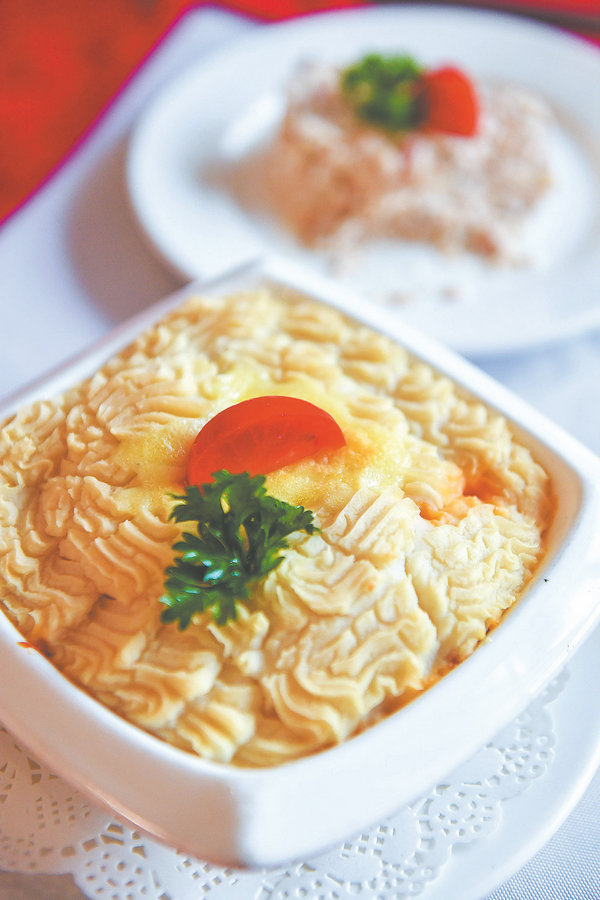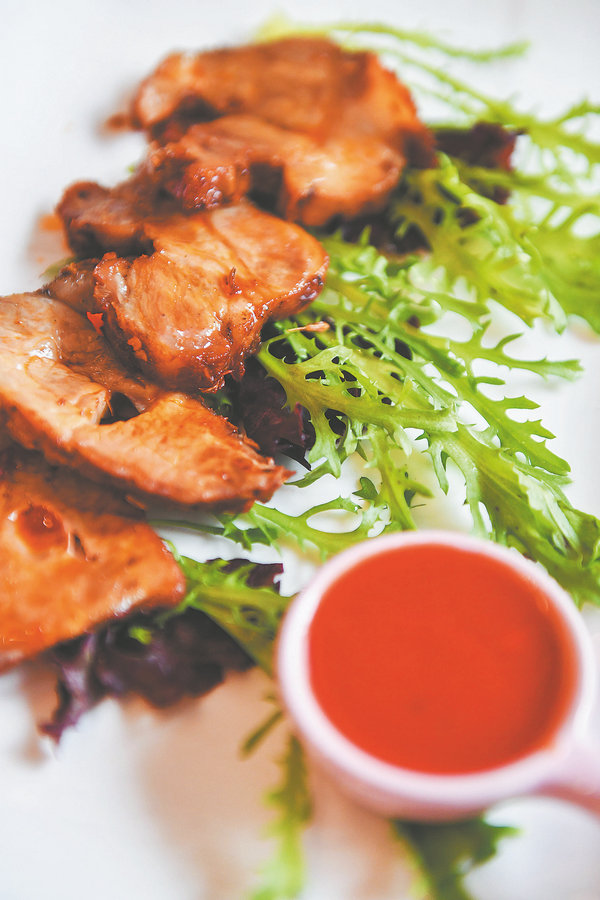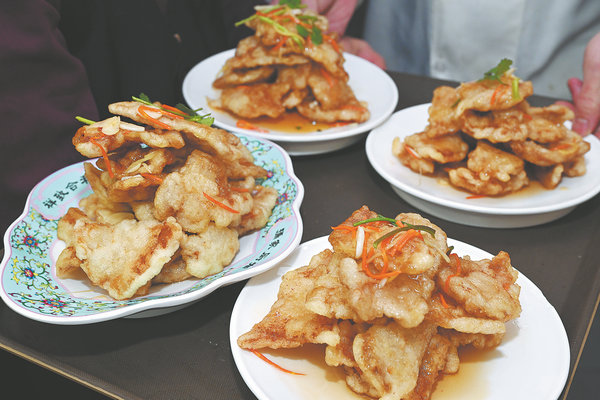

In the snow-covered winter, Harbin, capital city of Northeast China's Heilongjiang province, attracts visitors from across the world with its charming ice and snow landscapes.
However, the charm of the Ice City lies not only in its natural beauty, but also in its rich and diverse, uniquely characteristic, culinary culture.
From traditional Northeast China flavors to exotic Russian delicacies, Harbin's culinary map is colorful and varied, with each dish carrying the history and emotions of the city.
One of the most representative delicacies of the city is undoubtedly the Harbin sausage.

It has a unique production process — starting with the selection of high-quality pork, followed by marinating, grinding, stuffing, smoking and roasting, ultimately creating the deep red color and rich smoky aroma of the delicious local delicacy.
Whether as a dish on the dining table or a lunch box snack for a long journey, Harbin sausage is highly favored.
It has been a long-held culinary calling card of the city, attracting tourists visiting Harbin to take it away with them and savor the unique taste at home.

Guobaorou, known as the representative dish of Harbin, and even the northeastern region, originated in the late Qing Dynasty (1644-1911).
Made with marinated and battered pork or beef slices that are then stir-fried in a sweet-and-sour sauce, it offers a uniquely delightful combination of textures and flavors.
With a satisfying crunch, followed by the juicy and tender meat, along with the signature sweet and sour flavor, it tantalizes the taste buds.
Whether in upscale restaurants or streetside eateries, it is a highly popular dish, witnessing the development of Harbin's culinary culture and serving as a window through which visitors can explore northeastern cuisine.
Demoli stewed fish also has a long history, dating back over 100 years, and is a specialty dish of Demoli village in the city's Fangzheng county. "Demoli" means ferry in Manchu language.
The township is located near the Songhua River, where villagers have traditionally relied on fishing for a living.
In the early 1980s, an elderly couple in Demoli opened a small restaurant, using fresh carp from the local area and stewing it with tofu, vermicelli noodles and Chinese cabbage to serve to passersby.
The dish quickly gained fame for its delicious taste and bold northeastern style, spreading throughout Fangzheng.
The dish requires a strict selection of ingredients, including fresh carp from the Songhua River as the main ingredient, fragrant, soft and tender tofu and northeastern sweet potato vermicelli that is cooked to transparency and an al dente texture.
All the ingredients are stewed together with spring water from the Qinglong Mountain, along with more than 10 kinds of seasonings and a specialist northeastern soybean paste.
The stewed fish is tender and fresh, with a rich and flavorful soup, while the tofu and vermicelli absorb the essence of the fish, creating a dish that is both delicious and hearty.